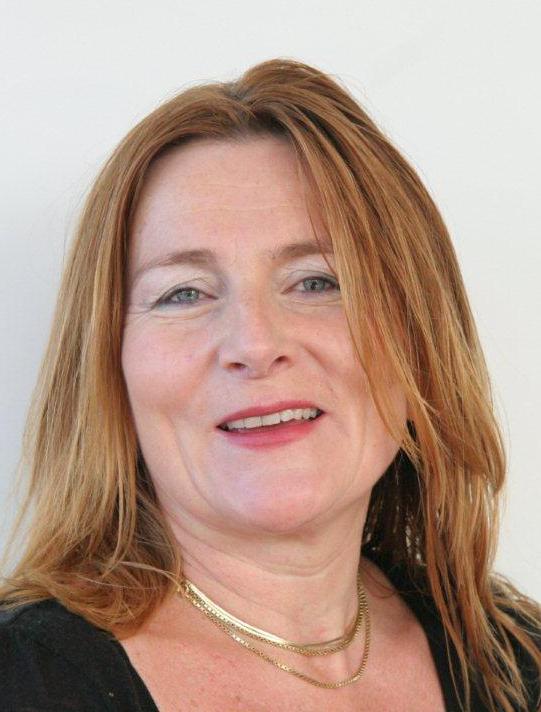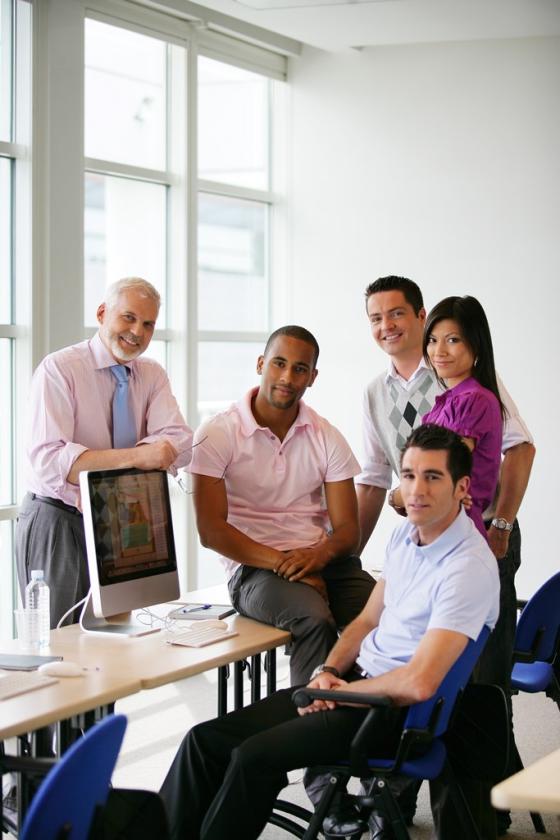More international researchers, but unevenly distributed
The number of international researchers in Norway has exploded in the past 10 years. This is in keeping with official targets, but we still know little about what this means for the future of Norwegian research.
The rise in the number of international researchers corresponds with a substantial increase in the number of research positions overall. More research positions have been established across the board, but while the proportion of Norwegian researchers grew by six percent from 2007 to 2012, the proportion of international researchers rose by 50 percent during the same period.
“Traditionally Norwegian research institutions have relied mainly on internal recruitment, and this has been important for developing our research environments,” states Agnete Vabø, a researcher at the Nordic Institute for Studies in Innovation, Research and Education (NIFU), whose work focuses in particular on organization and change in higher education as well as on trends related to academic appointments.
Since many more job applicants are now coming from abroad, Norwegian research environments can acquire new expertise more easily and recruit specifically for the research groups they want to put together. At the same time, though, this changes the framework conditions for Norwegian researchers.
Most come from Europe
Not surprisingly, the largest group of international researchers comes from Europe. In 2012, there were about 2,600 researchers from EU countries, excluding the Nordic region, in Norway, compared with 1,680 in 2007.
But the greatest increase has been in researchers from Asia: an astounding 89 percent increase during the same period, from 539 researchers in 2007 to 1,019 in 2012.
However, the international researchers are unevenly distributed with regard to age, gender and subject area. Researchers from North America are in their mid-40s on average and have been in Norway for more than 10 years. Researchers from Asia and countries outside of Europe and North America represent a new wave of internationalization. They are younger on average and have been in Norway a shorter time. Over half of the Asian researchers registered in 2012 were doctoral research fellows, according to the NIFU report International and Sector Mobility in Norway.
In recent years, NIFU has conducted several studies of foreign citizens in Norwegian research. The figures show that the most obvious increase in the percentage of international researchers has occurred at the doctoral and post-doctoral levels. This applies to universities, university colleges and research institutes.
Planned or not?
Internationalization is a stated government objective and part of the strategy for enhancing quality in Norwegian research. But it’s unclear to what extent the substantial rise in the number of international researchers has come from strategic initiatives at the institutions, or whether it is due to a rapid organic development that is not necessarily a result of strategic planning.

“The fact that so many international researchers are coming to Norway shows that internationalization has become an integrated part of the research system in a short time. But such major changes may have concrete knowledge-related and social implications, and those we know less about,” says Vabø.
The international researchers work primarily in the natural science and technology fields. In 2012, 37 percent of the researchers in mathematics and natural sciences came from abroad, while the corresponding figure was 30 percent in technology subjects. Only 12 percent of social science researchers came from other countries.
“Some of the background for this is that the national recruitment base within many subjects is inadequate, which is a very real problem. This applies especially to subjects that offer many alternative career paths. For instance, it is difficult to recruit Norwegians to petroleum research,” explains Vabø.
Men are the most mobile
The gender distribution is also uneven. Figures for the period from 2001 to 2009 show that the percentage of women was highest for international researchers from the Nordic region and North America, and lowest for researchers from Africa. The percentage of female researchers from Asia rose from 28 percent in 2001 to 34 percent in 2009.
“Men are generally more mobile than women, who are usually more constrained by caregiving duties. But in addition, different countries have different norms that dictate when it is acceptable for a woman to travel abroad for her career. There are also different norms for how legitimate it is for women to study technology,” notes Vabø.
As a result, Norwegian institutions could in principle recruit international researchers to change the gender balance in these subject areas in Norway, but it is unknown whether this is a tool that is used strategically. Vabø is among those who would like to see more research on what patterns are formed, reproduced or changed in the process of internationalising Norwegian research. For example, polar, climate and marine research has changed over a short time from being a research field for men to a field that is more accessible to women.
Many leave Norway
Although many doctoral research fellows come to Norway from abroad, many of them also leave the country after a short time. It is therefore still unclear exactly how the huge increase in international researchers is affecting Norwegian research. Are Norwegian institutions able to recruit and retain the best research talents?
In terms of percentage, the most researchers who leave Norway are from Africa, and a national report on research pointed out that this may be related to the fact that many of them come to Norway through development aid programmes that require them to return home after a set period of time. In general, little is known about the factors that make international researchers come, stay or leave.
“The interesting question is: Where do the international women and men go? And what social and knowledge-related implications does this have for the future of Norwegian research and society at large? This is an issue we should study further,” says Vabø.
Translated by Connie Stultz.
In recent years, NIFU has conducted several studies of foreign citizens in Norwegian research, such as International and Sector Mobility in Norway. A register-data approach (Eric Iversen, Lisa Scordato, Pål Børing and Trude Røsdal, NIFU 2014).
The studies are based on figures from questionnaires and registries such as Statistics Norway’s employment registry and NIFU’s own registry of research personnel.
International researchers in Norway:
- The largest percentage of international researchers comes from Europe.
- The percentage of international researchers has increased the most at the doctoral and post-doctoral levels.
- The largest increase is in researchers from Asia.
The fourth KIF Committee has been appointed to serve from 1 January 2014 to 31 December 2017. The new name is the Committee for Gender Balance and Diversity in Research (KIF). In addition to working to improve the gender balance in research, this committee will also work to enhance diversity and to incorporate diversity and gender perspectives in research.
The previous KIF Committee submitted the report Styrk satsingen. Videreføring av Kif-komiteens arbeid etter 2013 (“Intensify the effort. Continuing the KIF Committee’s work after 2013”). In this report, the committee recommended that internationalization in a gender and gender equality perspective be designated as a focus area.

